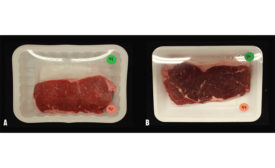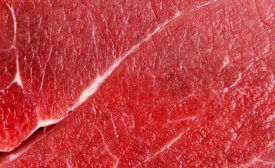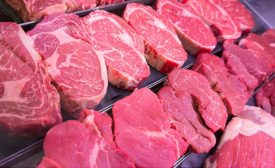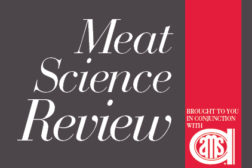Home » Keywords: » meat color
Items Tagged with 'meat color'
ARTICLES
Meat Science Review
Eye tracking used to further understand consumer perception
The eyes never lie: Application of eye-tracking equipment to understand consumer perception of beef color and marbling.
Read More
Meat Science Review
Ruminal bypass arginine and beef product discoloration
Supplementing beef steers with ruminal bypass arginine improves oxidative stability of aged beef loins.
December 3, 2018
Stay ahead of the curve. Unlock a dose of cutting-edge insights.
Receive our premium content directly to your inbox.
SIGN-UP TODAYCopyright ©2025. All Rights Reserved BNP Media.
Design, CMS, Hosting & Web Development :: ePublishing





